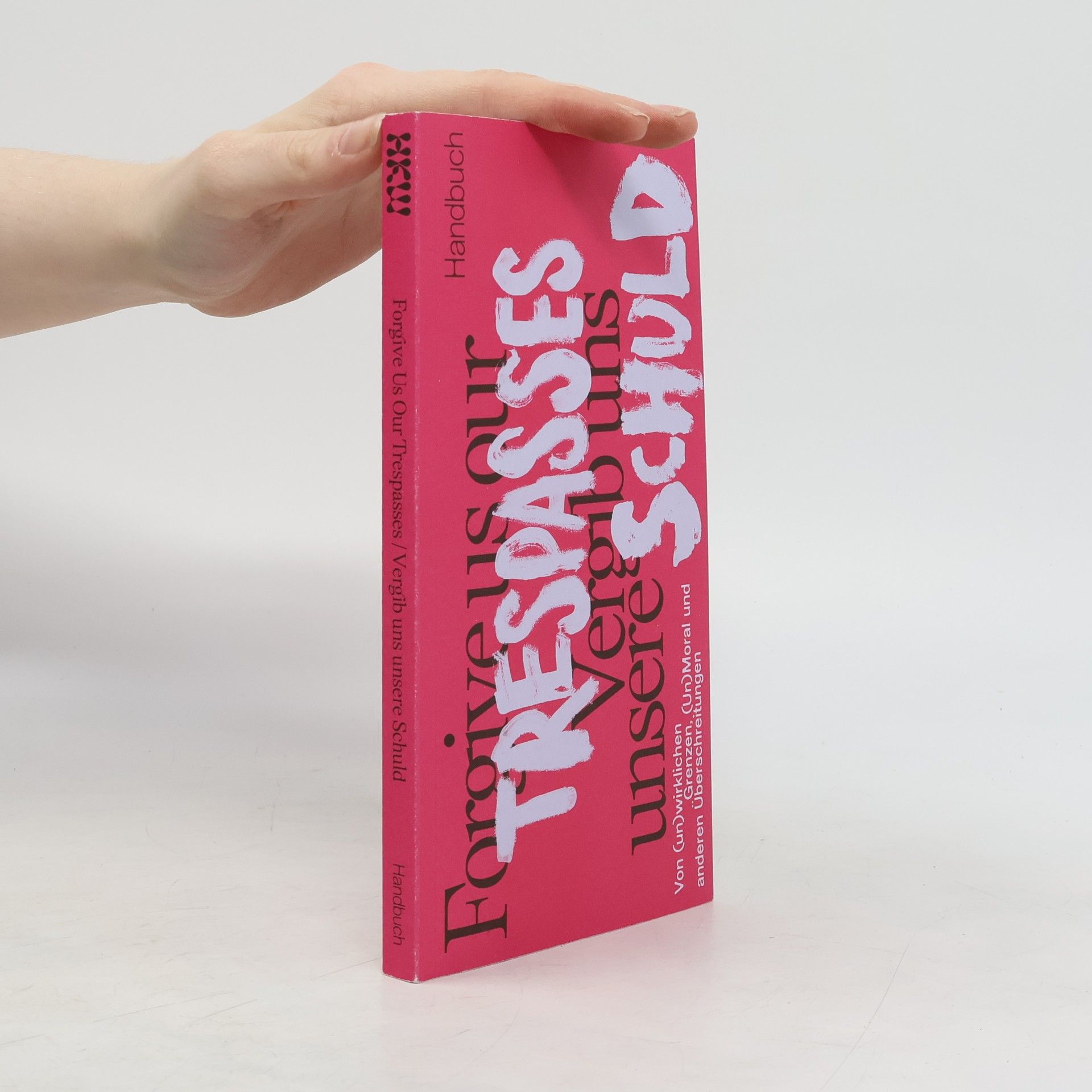Is the living body the last thing left alive?
- 240pages
- 9 heures de lecture
The choreographic turn in the visual arts from 1958 to 1965 can be identified by the sudden emergence of works created by very different visual artists in very different placesartists such as Allan Kaprow, Carolee Schneeman, and Robert Rauschenberg in the United States; Lygia Pape and Hlio Oiticica in Brazil; the Gutai group in Japan; and Yves Klein in france. each explicitly or implicitly used dance or choreographic procedures to reinvent and reimagine the practice and its history. Dedicated to the renewed encounter between dance and performance, Is the Living Body the Last Thing Left Alive? is a collection of essays and writings taken from the 2014 conference organized by Para Site, Hong Kong. Thirty contributors, coming from a broad field of discourse, joined together to rethink performance as more than a medium but rather as a series of questions and reflections about how art mediates social relations among people. Contributors include Belkis Ayn, Claire Bishop, Boris Buden, Amy Cheng, Bojana Cvejic, Patrick D. flores, and Simryn Gil, and Yangjiang Group, among many others.


